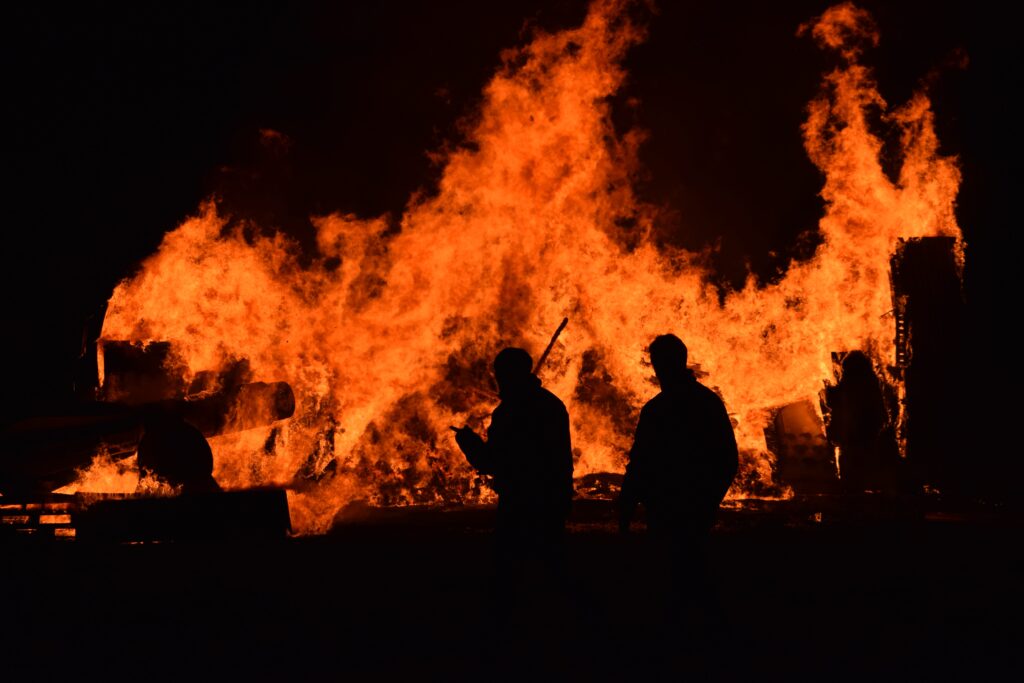Millions of people in the eastern United States woke up to another day of hazy skies as smoke from Canadian wildfires in eastern Canada continues to drift across the region. The persisting smoke has led to air quality concerns and triggered an advisory in several areas of New York. With pollution levels reaching unhealthy levels for sensitive groups in many parts of the state, and unhealthy levels for the general population in areas including Eastern Lake Ontario, Central, and New York City metro, the impact of the Canadian wildfires on air quality remains a pressing issue.
Table of Contents

The Spread of Smoke
The source of the hazy conditions and diminished air quality is the ongoing wildfire activity in eastern Canada. The smoke, carried by wind patterns, has travelled across vast distances, affecting a significant portion of the eastern United States. As a result, residents in several regions have experienced the presence of smoke in the air, creating a noticeable haze and potential health risks.
Air Quality Concerns
The persisting smoke from the Canadian wildfires has prompted officials to issue air quality advisories in various parts of New York. Monitoring stations throughout the state have consistently recorded pollution levels that are considered unhealthy for sensitive groups. Additionally, areas such as the Eastern Lake Ontario, Central, and New York City metro regions have seen air quality levels reaching the unhealthy range for the general population. These conditions emphasize the importance of taking precautions to safeguard personal health and well-being.
Impacts on Health
The presence of wildfire smoke can have adverse effects on respiratory health, particularly for individuals with pre-existing conditions such as asthma, allergies, or chronic obstructive pulmonary disease (COPD). Fine particulate matter present in the smoke can penetrate deep into the lungs, potentially triggering or exacerbating respiratory symptoms. It is crucial for individuals, especially those in sensitive groups, to limit outdoor activities and take necessary measures to reduce exposure to the smoky air.
Response and Precautionary Measures
Local authorities and health agencies have been actively monitoring the air quality situation and providing guidance to the public. People are encouraged to stay informed about air quality conditions in their area through reliable sources and follow any recommendations or guidelines issued by health officials. It is advisable to remain indoors as much as possible, keep windows and doors closed, use air purifiers if available, and limit physical exertion in areas heavily affected by smoke.
Conclusion
As the haze from Canadian wildfires continues to impact the eastern United States, vigilance regarding air quality remains crucial. The health and well-being of individuals, especially those in sensitive groups, should take precedence. By staying informed, following recommended precautions, and prioritizing personal health, we can navigate through this challenging period and mitigate the impact of the ongoing wildfires on air quality.

